Elon Musk is fearful about the competition between China and the USA in terms of the military, economy and car industry. China is already far ahead of USA economy and car industry!
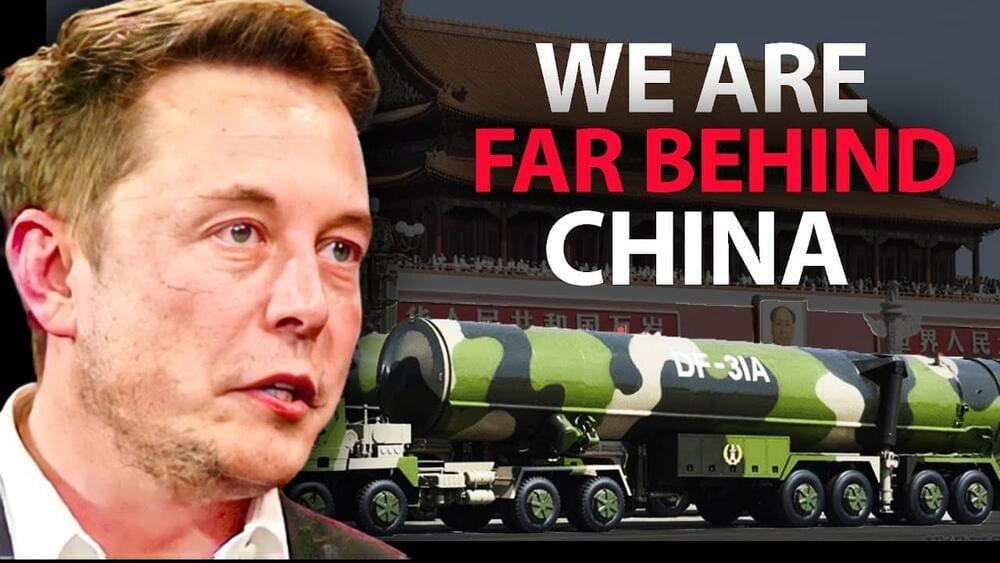

Elon Musk is fearful about the competition between China and the USA in terms of the military, economy and car industry. China is already far ahead of USA economy and car industry!
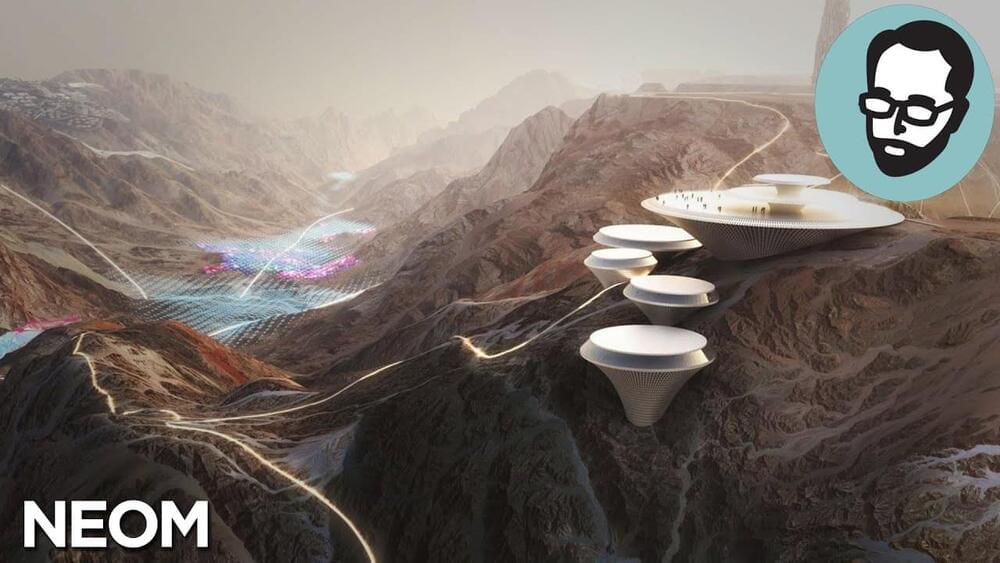
Video on Neom, the future city.
Earn money for charity just by browsing the internet when you sign up for Tab For A Cause here: https://tab.gladly.io/joescott.
NEOM is Saudi Arabia’s tentpole project in their Vision2030initiative to help move the Kingdom away from an oil-based economy and rely more on technology and tourism. It has some ambitious goals, like being 100% sustainable, moving all transport underground, and even glowing beaches. But the most noticeable thing about the project is the fact that the city will lie on a 100-mile line serviced by a hyperloop-style high speed train system.
But is it all it’s cracked up to be? Let’s take a look.
Here’s the link to NEOM’s official site: https://www.neom.com/en-us.
Want to support the channel? Here’s how:
Patreon: http://www.patreon.com/answerswithjoe.
Channel Memberships: https://www.youtube.com/channel/UC-2YHgc363EdcusLIBbgxzg/join.
T-Shirts & Merch: http://www.answerswithjoe.com/store.
Check out my 2nd channel, Joe Scott TMI:
https://www.youtube.com/channel/UCqi721JsXlf0wq3Z_cNA_Ew.
Interested in getting a Tesla or going solar? Use my referral link and get discounts and perks:
https://ts.la/joe74700
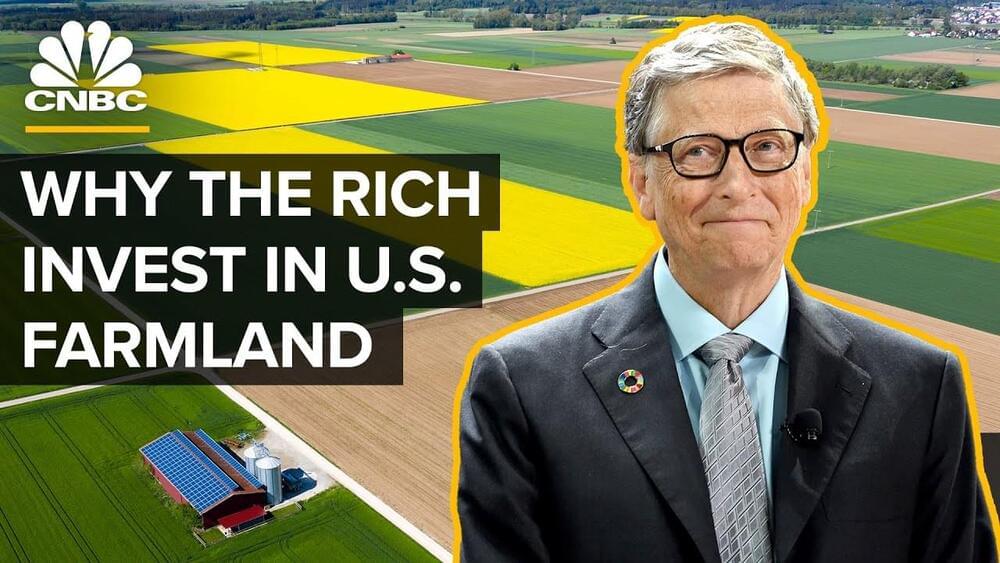
Bill Gates made headlines for becoming the largest private farmland owner in the U.S. But he’s not the only one. Some of the wealthiest landowners including Jeff Bezos, John Malone and Thomas Peterffy are buying up forests, ranches and farmlands across the United States. Why? Watch the video to find out.
Investments in farmland are growing across the country as people, including the ultra-wealthy like Bill Gates, look for new ways to grow their money.
In 2,020 Gates made headlines for becoming the largest private farmland owner in the U.S. He had accumulated more than 269,000 acres of farmland across 18 states in less than a decade. His farmland grows onions, carrots and even the potatoes that are used to make McDonald’s French fries.
“It’s an asset with increasing value,” American Farmland Trust CEO John Piotti said. “It has great intrinsic value and beyond that, it is a limited resource.”
The U.S. Department of Agriculture estimates that 30% of all farmland is owned by landlords who don’t farm themselves. Buyers often purchase land from farmers who have owned it for decades; many of whom may be asset rich but maybe cash poor.
“The economic realities for them are typical that they’ve spent their life farming,” said Holly Rippon-Butler, land campaign director at the National Young Farmers Coalition. “Their retirement, their equity is all in the land and tied up in selling land.”
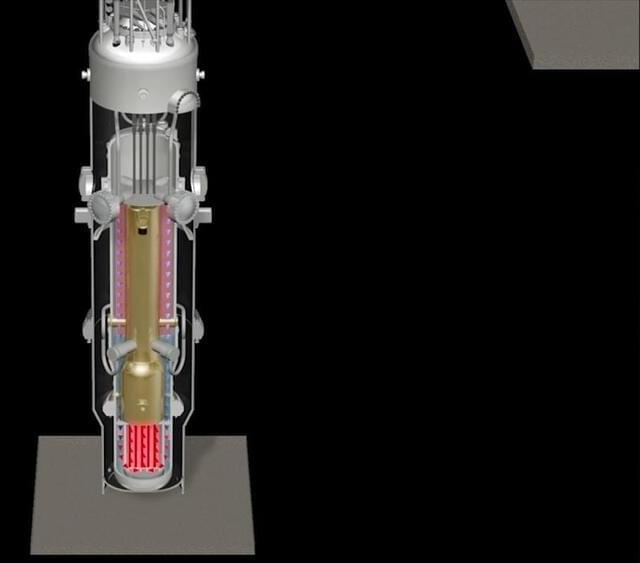
NuScale Power, the startup specializing in the design of small modular nuclear reactors, has published new data concerning the production capacities of its NuScale Power Module (NPM). Thanks to the 25% increase in power output of an NPM, each NuScale module is now capable of producing 2,053 kg/hour of hydrogen, or nearly 50 metric tons per day.
Just one NuScale Power Module can produce 77 MWe of carbon-free electricity to power 60,000 homes in the U.S. NuScale’s flagship power plant design can house up to 12 modules for a total gross output of 924 MWe. The 924 MWe that a 12-module NuScale plant produces is enough to power nearly 700,000 homes with clean, reliable energy.
“The ability of our NPM to now produce even more clean hydrogen, in a smaller footprint, is yet another example of how NuScale’s technology can help decarbonize various sectors of the economy while providing additional revenue streams for customers,” said Dr. José Reyes, Chief Technology Officer and Co-founder of NuScale Power. “Coupled with our proven design, unparalleled safety, and load-following capabilities, this analysis further demonstrates that NuScale’s design is the gold standard in helping meet the demand for innovative solutions to challenging global energy needs.”
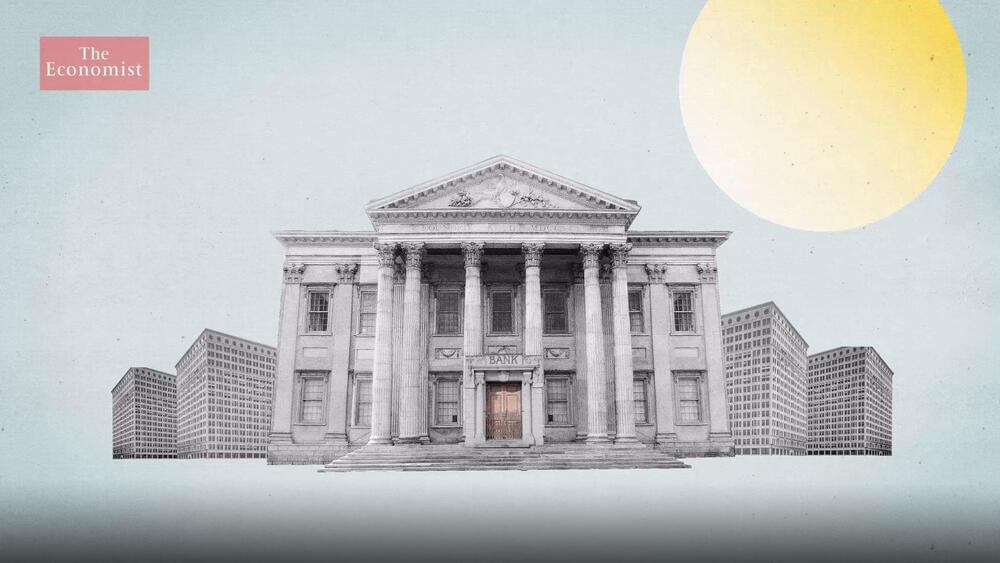
And threatening to put traditional banks out of business. What would a world without banks look like, and would you even miss them? https://econ.st/3s76sYS
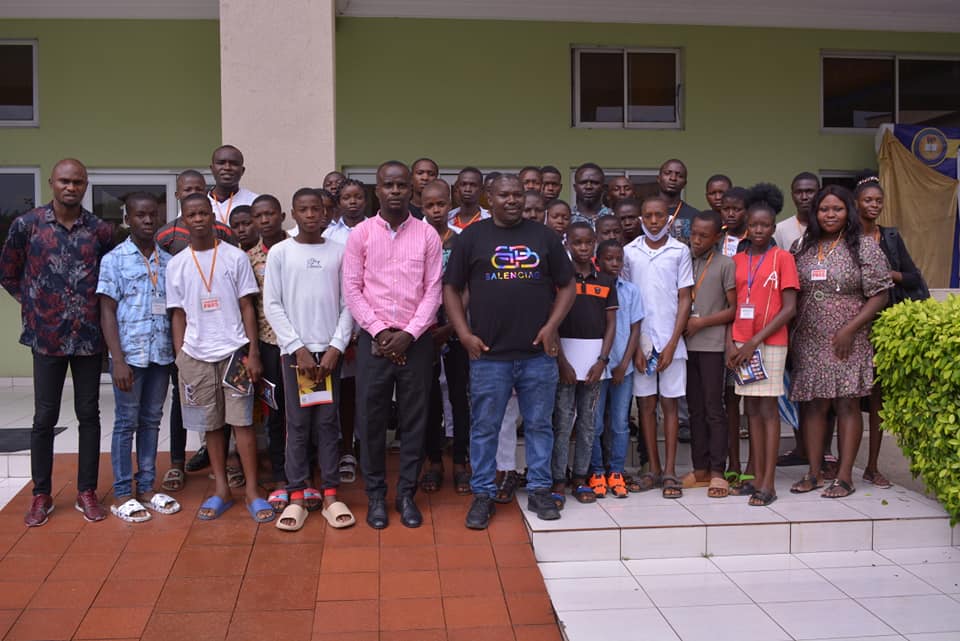
Towards raising young developers across the Urhobo Nation, the Urhobo Innovation Hub has completed the training of 40 youths on Website design, Internet of Things (IOT), Robotics and Virtual Reality.
The boot camp training, which drew its participants from Urhobo youths within the age bracket of 13–38 years old, held at the Michael and Cecilia Ibru University, Agbaro-Otor, Delta State.
The Hub is a brainchild of the Urhobo Economic and Investment Summit (Ekpobaro) and was initiated to raise young entrepreneurs of Urhobo extraction who will key into the reality of the new normal and raise seasoned developers to make Urhobo Nation proud.
It seeks to raise about 200 young developers with projects to show before the end of the 1st quarter of 2024.
The Principal Partner of the Hub and Convener of the Urhobo Economic and Investment Group, Mr. Kingsley Ubiebi, enjoined all stakeholders to support young developers across Urhobo Nation as they are the problems solvers and leaders of tomorrow.
The boot camp ended with the issuance of certificate to participants who were advised to embark on relevant projects before the 2nd edition of the training.

Michael is also part of a group of wealthy Indonesian scions that have in the past decade dabbled in the country’s vibrant tech sector by investing in home-grown giants and start-ups, be it in the form of money, resources, know-how, or access.
Industry stakeholders say family-owned corporate venture capital firms have played an important role in growing the country’s US$44 billion digital economy.
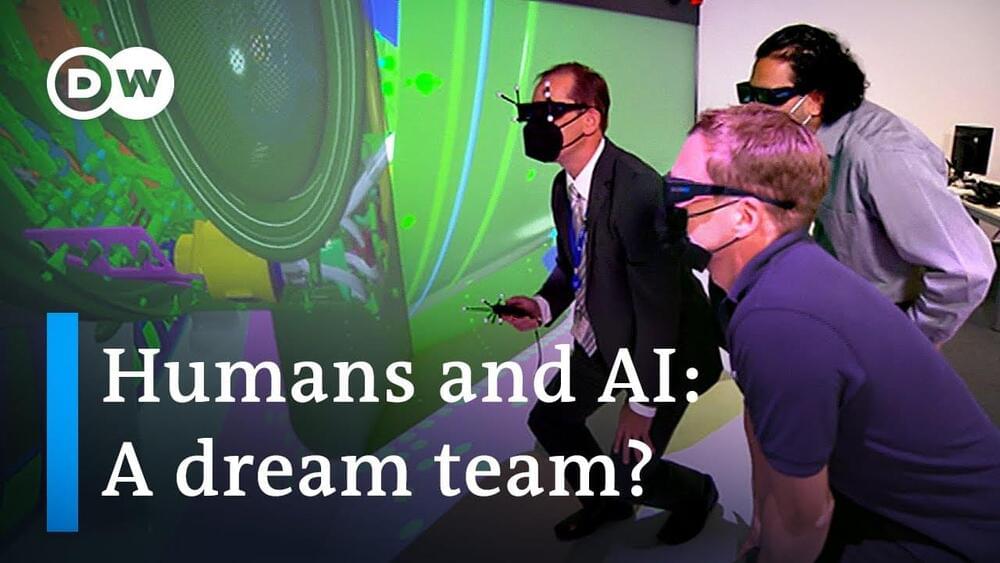
From voice-controlled personal assistants to smart robots on factory floors, Artificial Intelligence is having a profound effect on our lives. No surprise then that countries all over the world are trying to stay ahead of the curve. But when it comes to investment, who’s putting their money where their mouth is?
Looking at private funding, the United States leads the way — with well over 23 billion dollars going into the sector last year.
Coming in second is China, with almost 10 billion dollars. That said, Chinese state investment is particularly significant.
And the European Union falls far behind, with investment of just over 2 billion dollars.
So why is the EU lagging? And does Germany — its largest economy — have any plans to play catch-up? An example of AI in action can be found at a Rolls Royce control room just outside Berlin.
Robots destroy jobs and artificial intelligence will soon make us all superfluous. We’ve all seen headlines like that. But the reality of the situation looks a little different. Artificial intelligence is nothing more than a system that processes large amounts of data and makes predictions about the future based on that data. Engine manufacturer Rolls Royce has been a fan of AI for a long time.
Even in emergencies, it keeps its cool. In the control room at Rolls Royce just south of Berlin, safety engineers monitor more than 9,000 airplane engines worldwide. Long before the owners of the commercial jets would even notice a defect, the systems here sound the alarm. Artificial intelligence at work.
The systems are fed massive amounts of data. Then the owners of the aircraft are informed. The plane can then be taken in for maintenance long before the problem becomes expensive or life-threatening.
In the adjacent building, engines are assembled. Many parts are custom-made, previously developed by the design engineers, who also use artificial intelligence. For example, how would it affect the engine if certain components are changed? AI helps to find the best method.
The Center for Artificial Intelligence opened at the Dahlewitz site near Berlin in 2019. People here aren’t afraid that artificial intelligence will take their jobs.
In fact, the mechanics will probably have to install even more sensors and cables in the future. After all, in about five years’ time, the plan is for the aircraft to fly here with hybrid drive systems — based on sustainable fuel and electricity.
Subscribe: https://www.youtube.com/user/deutschewelleenglish?sub_confirmation=1
For more news go to: http://www.dw.com/en/
Follow DW on social media:
►Facebook: https://www.facebook.com/deutschewellenews/
►Twitter: https://twitter.com/dwnews.
►Instagram: https://www.instagram.com/dwnews.
Für Videos in deutscher Sprache besuchen Sie: https://www.youtube.com/dwdeutsch.
#ArtificialIntelligence #AI #RollsRoyce

Related: Ethereum’s London hard fork sets ETH on a more deflationary path
For some, it’s easier to burn money than to coordinate and fund public goods. As a confessed humanist, that’s massively disappointing to me. This fundamental shift would have been tremendous support for research and development and innovation that maximizes community benefit and the thriving (rather than survival) of more transparent nonprofits. Developments in this space would make unbelievable strides forward for Ethereum and broader society.
The building blocks are here for humans to coordinate and reward those who create a lasting impact. NFTs, DAOs and retroactive public funding make it easier to put humanity first. We’re at a monumental moment for pro-social organizations, where public goods like ending world hunger, championing human rights and economic empowerment can be designed for the long run.
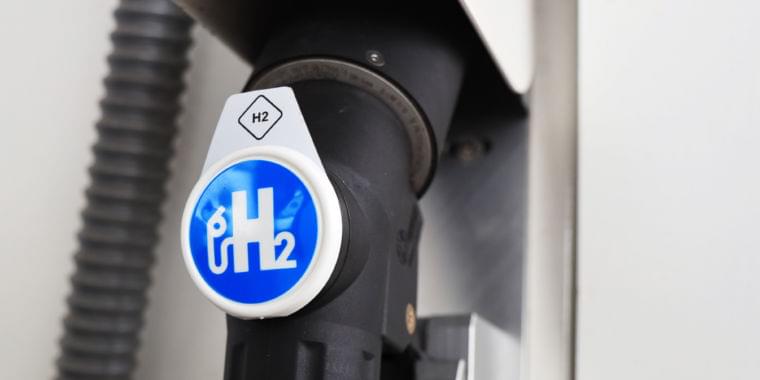
Jackson continues by saying that blue hydrogen is “at best an expensive distraction, and at worst a lock-in for continued fossil fuel use” which would derail goals that the country and the world have set for decarbonizing the economy. He takes particular issue with the fact that oil and gas companies have asked the UK government for decades of subsidies while also claiming that blue hydrogen will be inexpensive to produce. “If the false claims made by oil companies about the cost of blue hydrogen were true, their projects would make a profit by 2030,” he told The Guardian.
Recent studies have questioned blue hydrogen’s low-carbon bona fides.